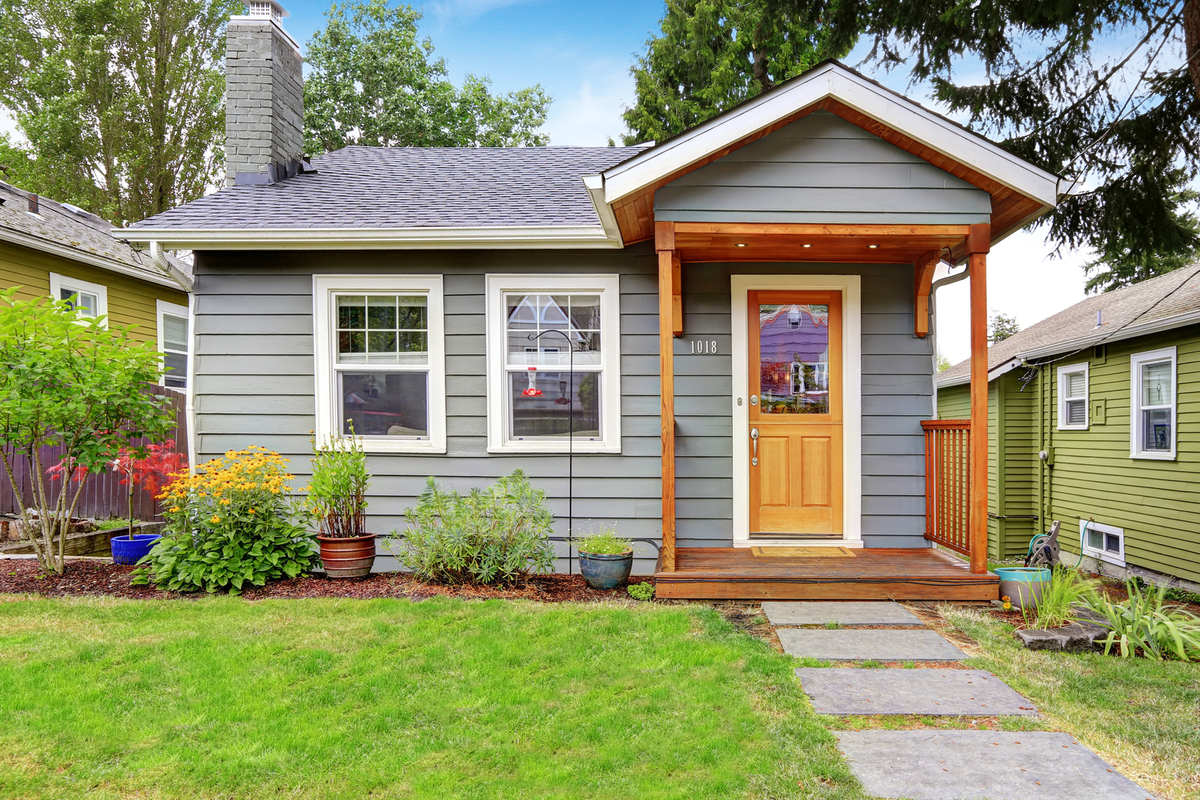A Comprehensive Guide to Calculating Roof Pitch
If you’re buying a new house or renovating your current one, you’ve likely thought about how you want your home to look. You’ve probably considered everything from the color scheme to the bathroom fixtures. However, it’s also important to consider the roof pitch. It is crucial to know about roof pitches, their advantages, ways to measure them, and the most reliable roof pitch calculators. This guide will provide you with all the information you need.

What is roof pitch?
In technical terms, roof pitch means the angle, slant, or slope of a roof. When professional roofers refer to roof pitch, they mean the amount of rise in inches for every single horizontal foot of length. Usually, the pitch will be steeper if the first number is higher.
The roof pitch is an important part of any house. It affects the attic storage space, water drainage, and maintenance cost. Here’s how several aspects of a house are affected by roof pitch.
Available attic space
The higher the roof pitches are, the more space is created for storage in the attic.
Construction materials
If the roof pitch is higher, more material will be needed to cover and frame the roof.
Energy efficiency
If the roof of your house is pitched correctly, your interiors will be more energy efficient since there will be better natural ventilation lowering the use of excess energy.
Resilience to wind
When optimally pitched, a roof will provide durability and resistance to high winds. This is especially useful if you live in a region prone to windy weather.
Roof lifespan
With higher-pitched roofs, it is easier to slough off snow, rain, debris from trees, and other stuff that can damage and degrade the roof. This can increase the lifespan of the roofing materials.
Maintenance costs
In general, if your roof has sharp angles and steep slopes, you will have to pay a higher maintenance cost since more safety equipment will have to be used during repair.
Roofs are classified into four categories based on their pitch. Knowing the category your roof falls into is crucial as it will assist you in determining the necessary materials for constructing the roof.
Flat roof pitch
Flat roofs have a slight slope of less than 2/12 but rise a minimum of 1/4 inch per foot. They are common in commercial buildings and some homes.
Low-pitched roof
A roof with a pitch ranging from 2/12 to 4/12 is classified as a low-pitched roof. These roofs have a slight angle but are less steep than a flat roof. They are commonly found in commercial buildings such as factories and warehouses.
Conventional roof pitch
Most homes constructed nowadays have conventional-slope roofs, which typically range from a slope of 4/12 to 9/12. A typical gable roof has this conventional pitch.
High-pitched roofs
Steep-slope roofs, with a pitch greater than 9/12, add a stunning touch to modern homes.
How to calculate roof pitch?
While building your house, you will want to calculate the roof pitch as it will help to know the correct angle of trusses or support rafters. Here are a few terms you must familiarize yourself with before calculating the pitch.
Roof span
This indicates the width between the exterior walls. Sometimes also referred to as the building width, the roof span is calculated from the outside surface of the exterior walls, which includes the sheathing as well.
Rafter run
To determine the horizontal distance a single rafter needs to cover, you can calculate the rafter run by dividing the roof span by two.
Roof rise
This term indicates the vertical distance from the center of the roof span to the roof ridge. It is the highest point from ceiling to roof.
Roof pitch
To determine the pitch of your roof, you can divide the roof rise by the rafter run. There are different methods to calculate it, such as using a roof pitch gauge or calculator. Online calculators can be beneficial as they only require you to input the values of certain parameters such as roof span, roof ridge, and roof rise. If you’re renovating an old house, you can measure these values directly from the structure, or if you’re building a new house, take them from the blueprints. These calculators use algorithms to accurately determine the slope of your roof without any errors.
In addition, rafter lengths can also be calculated using roof pitch calculators. This can help ensure that the rafters are of the correct length and do not exceed the maximum lengths as mandated by building codes.
Manual method to calculate roof pitch
This method can be used for existing roof structures as well as new structures that are still in the blueprint phase. To start, measure the run of the roof from one of its edges to the middle point. This should be along a straight horizontal line. Also, this measurement should be in inches.
The same process has to be followed to measure the roof rise. Measure the height of the roof from the lowest point to the peak along a straight vertical line.
Once you have the roof rise and the roof run, the rise needs to be divided by the run. The result that you get will give you the percentage gain of the rise to the run. This should ideally be less than 100. To convert this to a ratio, multiply the percentage by 12. If this number is X, then the run rise ratio of your roof will be X:12. This is the roof pitch you are looking for.




